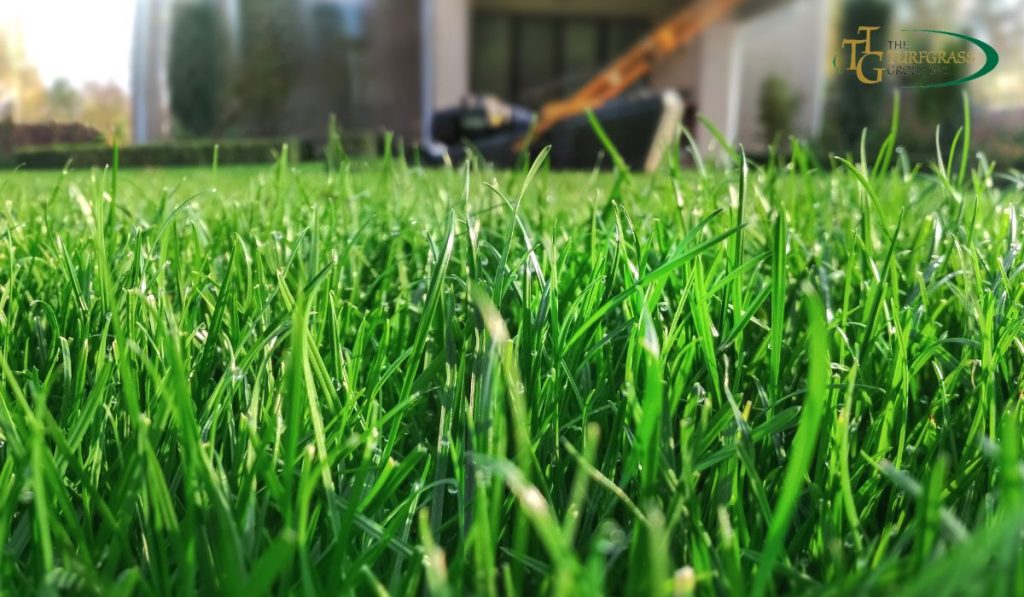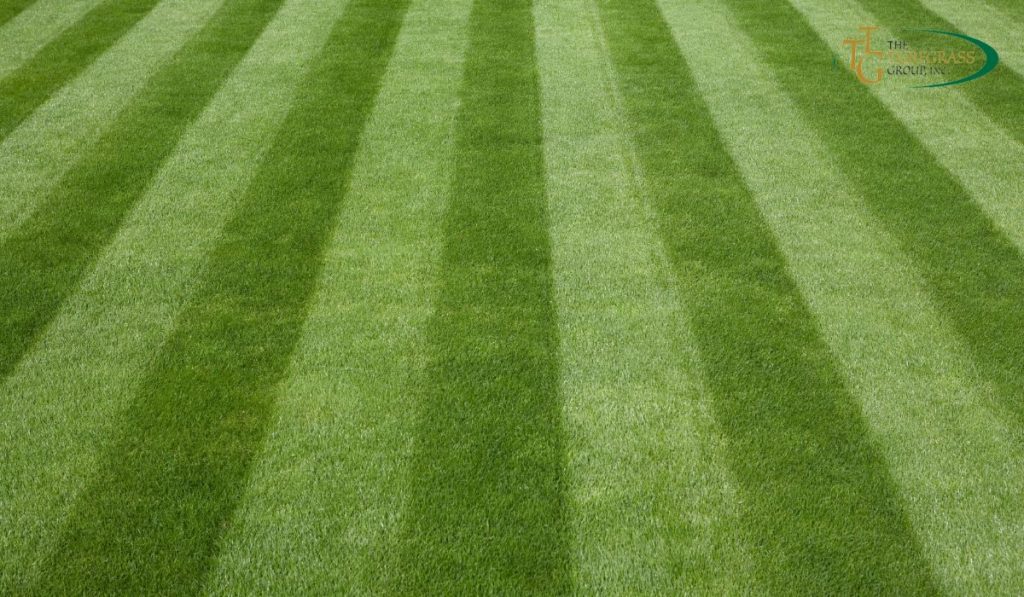
Maintaining a beautiful lawn can be a source of pride for homeowners.
One key aspect of lawn care is mowing, and when it comes to mowing, Bermuda grass is a popular choice due to its lush and vibrant appearance.
This article will explore the ins and outs of mowing Bermuda grass to ensure your lawn remains picture-perfect.
Understanding Bermuda Grass
Before we dive into the specifics of mowing, let’s understand what Bermuda grass is.
Bermuda grass (Cynodon dactylon) is a warm-season grass that thrives in regions with hot summers and mild winters.
It’s known for its dense, fine-textured blades and exceptional tolerance to drought and heat.
The Importance of Proper Mowing
Mowing is a fundamental aspect of Bermuda grass care.
When done correctly, it promotes a healthier, thicker lawn.
However, improper mowing can lead to stress on the grass and an unhealthy appearance.
Here’s a step-by-step guide to mowing Bermuda grass effectively.
Step 1: Choose the Right Mower
Selecting the right lawn mower is crucial.
A reel or rotary mower with sharp blades is ideal for Bermuda grass.

Ensure the blades are set at the appropriate height for your Bermuda grass variety.
Step 2: Set the Correct Mowing Height
Bermuda grass should be mowed at a height of 1 to 1.5 inches.
This height encourages lateral growth and prevents thatch buildup.
Be cautious not to scalp the grass, which can lead to stress and brown patches.
Step 3: Follow the One-Third Rule
Adhere to the one-third rule, which means never removing more than one-third of the grass blade in a single mowing session.
Frequent mowing at the right height promotes a healthy root system.
Step 4: Mow When Dry
It’s best to mow Bermuda grass when it’s dry.
Wet grass can lead to uneven cuts and mower clogs.
Step 5: Vary the Mowing Pattern
Change your mowing pattern regularly.
Alternating the direction prevents soil compaction and promotes a more even, attractive lawn.
Step 6: Leave Clippings on the Lawn
Bermuda grass benefits from leaving clippings on the lawn.
They decompose and provide nutrients to the soil.
Step 7: Maintain a Consistent Schedule
Establish a mowing schedule that aligns with the grass’s growth rate.
During the peak growing season, you may need to mow every 5-7 days.
Step 8: Keep Your Equipment Maintained
Regularly maintain your mower by sharpening the blades, changing the oil, and cleaning the air filter.
A well-maintained mower ensures a clean cut.
Step 9: Edge the Lawn
Edging the lawn gives it a polished look.
Use a trimmer to define the edges of your Bermuda grass area.
Step 10: Water Adequately
Proper watering is essential for Bermuda grass health.
Ensure it receives about 1 to 1.5 inches of water weekly, preferably in the morning.
Conclusion
Mowing Bermuda grass isn’t just a chore; it’s a science.

Following these steps and guidelines, you can maintain a lush and vibrant Bermuda grass lawn that will envy your neighborhood.
FAQs
How often should I mow my Bermuda grass lawn?
Aim to mow every 5-7 days during the peak growing season to maintain the ideal height.
Can I mow Bermuda grass when it’s wet?
It’s best to mow when the grass is dry to avoid uneven cuts and clogs in your mower.
What happens if I mow Bermuda grass too short?
Mowing Bermuda grass too short can stress the grass and lead to brown patches. Maintain a height of 1 to 1.5 inches.
Should I bag the clippings or leave them on the lawn?
Leaving clippings on the lawn is beneficial as they decompose and provide nutrients to the soil.
Do I need a particular mower for Bermuda grass?
While not mandatory, reel or rotary mowers with sharp blades are ideal for Bermuda grass care.